As some of you may have heard, scientists at NASA’s Johnson Space Center are working on warp technology (did your little Trekkie heart just skip a beat?).
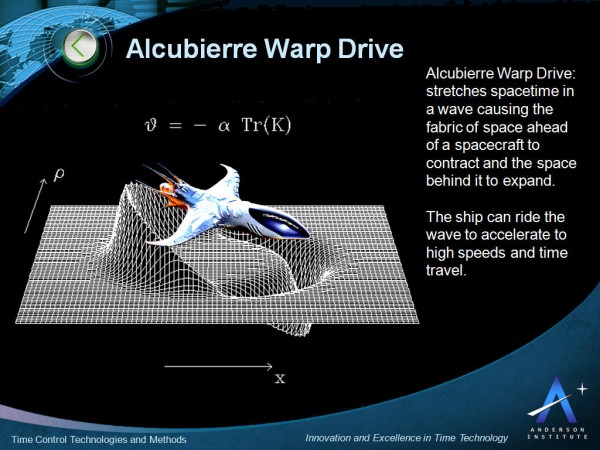
Alcubierre warp drive via Anderson Institute
In 1994, physicist Miguel Alcubierre proposed a new kind of technology that would allow us to travel 10 times faster than the speed of light without actually breaking the speed of light. Sound confusing? Well, the Alcubierre drive does not actually propel the ship to speeds exceeding light; instead, it uses the deformation of spacetime permitted by General Relativity to warp the universe around the vessel. Essentially, when the drive is activated the spacetime behind expands, while in the front it contracts. In this respect, the path taken becomes a time-like free-fall.
In 2010, NASA physicist Harold White revealed that he and a team were working on a design for this faster-than-light ship, and he’s created a new, more realistic design of what such a ship might actually look like. As you can see in the image, the ship rests between two enormous rings, which create the warp bubble.
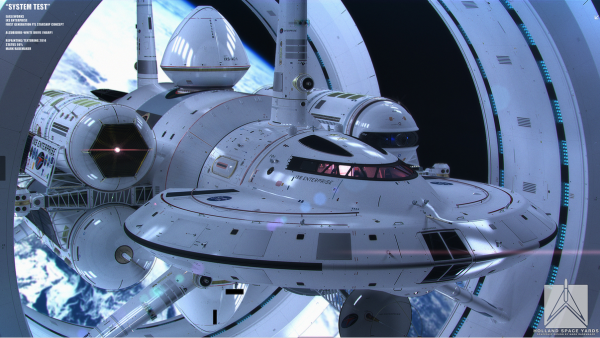
Image via Mark Rademaker
Artist Mark Rademaker worked on the project with White. In the release, Rademaker asserts that he spent over 1,600 hours working on the design. The ship is called the IXS Enterprise, and it is meant to fit the concept for a Faster Than Light ship. Mike Okuda also brought input, and designed the Ship’s insignia. To give you some idea of just how awesome warp technology would be: A trip to the nearest star (Proxima Centauri), which rests some four light-years from Earth, would ordinarily take over 17,000 years. However, with the Alcubierre drive, it would take a little under five months. For those of us who have a mental breakdown on 10 hour plane flights, 5 months might still seem like quite a bit of travel time. But when we are talking about the vast cosmic distances between Earth and Proxima Centauri, a 5 month trip would be an achievement of monumental proportions (keep in mind, it took Curiosity 8 months just to reach Mars).

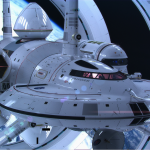
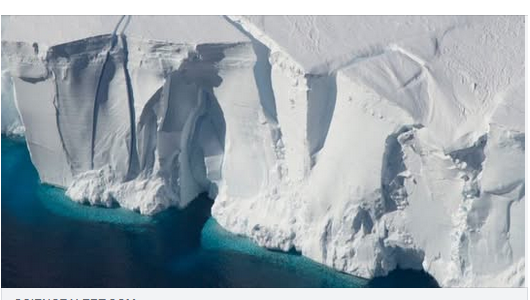
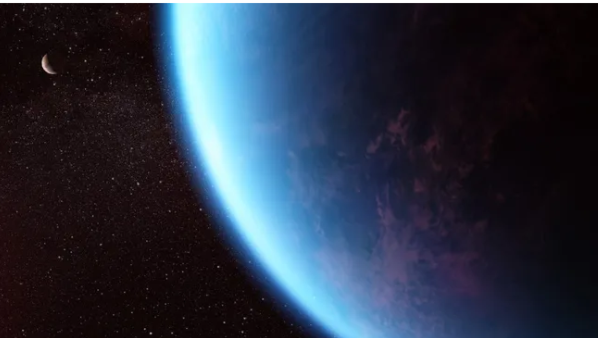
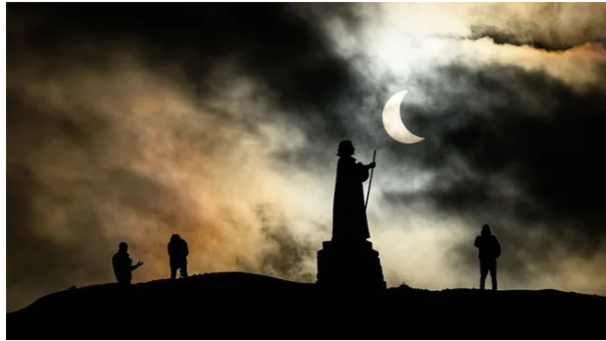
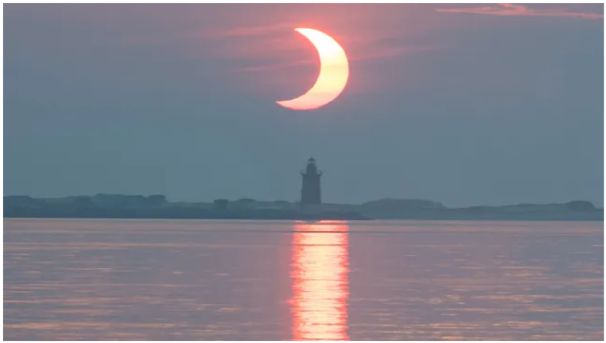


 Photographer Finds Locations Of 1960s Postcards To See How They Look Today, And The Difference Is Unbelievable
Photographer Finds Locations Of 1960s Postcards To See How They Look Today, And The Difference Is Unbelievable  Hij zet 3 IKEA kastjes tegen elkaar aan en maakt dit voor zijn vrouw…Wat een gaaf resultaat!!
Hij zet 3 IKEA kastjes tegen elkaar aan en maakt dit voor zijn vrouw…Wat een gaaf resultaat!!  Scientists Discover 512-Year-Old Shark, Which Would Be The Oldest Living Vertebrate On The Planet
Scientists Discover 512-Year-Old Shark, Which Would Be The Oldest Living Vertebrate On The Planet  Hus til salg er kun 22 kvadratmeter – men vent til du ser det indvendigt
Hus til salg er kun 22 kvadratmeter – men vent til du ser det indvendigt  Superknepet – så blir snuskiga ugnsformen som ny igen!
Superknepet – så blir snuskiga ugnsformen som ny igen!  Meteorite That Recently Fell in Somalia Turns Out to Contain Two Minerals Never Before Seen on Earth
Meteorite That Recently Fell in Somalia Turns Out to Contain Two Minerals Never Before Seen on Earth  Nearly Frozen Waves Captured On Camera By Nantucket Photographer
Nearly Frozen Waves Captured On Camera By Nantucket Photographer  It’s Official: Astronomers Have Discovered another Earth
It’s Official: Astronomers Have Discovered another Earth 